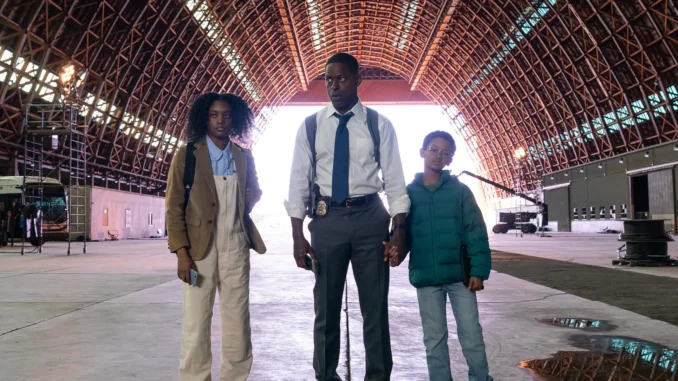
By Rob Feld
For editors Julia Grove, Lai-San Ho, and Howard Leder, landing on Hulu’s drama series “Paradise” felt less like a new beginning and more like a homecoming.
The trio forged a tight bond cutting NBC’s family drama “This Is Us”, especially during two remote seasons through the pandemic, and all three share long-standing collaborations with showrunner Dan Fogelman. Grove first worked with Fogelman on “This Is Us”’s debut season, which gave her a comfort and creative shorthand while cutting the pilot episode of “Paradise,” her first Episode One. Ho’s career began as an assistant editor on Fogelman’s comedy “Grandfathered,” and she rose through the ranks on “This Is Us” before getting the call to reunite on “Paradise.” Leder, who had previously cut the pilot for Fogelman’s baseball drama “Pitch,” joined “This Is Us” in its second season and stayed through the end.
When the strikes in 2023 paused all production, the unexpected downtime meant the entire team was suddenly available—bittersweet, as Grove said, but also serendipitous. “We were all sort of champing at the bit for something to do,” Leder said. “Dan sent me the scripts and I was immediately pulled in by them.”
“Paradise” is a twist-filled political thriller starring James Marsden as U.S. President Cal Bradford and Sterling K. Brown as his Secret Service head, Xavier Collins. The story jumps between two timelines: five years ago, when Bradford hires the principled Collins, and the present, where both men live in a mysterious, overly cheerful gated community. The plot kicks off when Collins finds the president dead in his bedroom, prompting a larger mystery that blends political drama, conspiracy, and elements of sci-fi. The series was renewed for Season 2 in February.
CineMontage: You guys worked together before, on Dan Fogelman’s “This Is Us.”
Howard Leder: We were all doing dailies for each other, so the three of us already had a strong collaborative environment going. When “Paradise” started up, it felt like picking up where we left off.
Julia Grove: Except it was so exciting to shift from a family dramedy into a totally different genre. But even reading the scripts, it was clear it had Dan’s touch. The interwoven character arcs were still there, and I think that was attractive to all of us.
Leder: The DNA is definitely there. The world is completely different but the emphasis on family, on personal relationships, on loss—it all plays heavily in “Paradise.” You really feel that continuity.
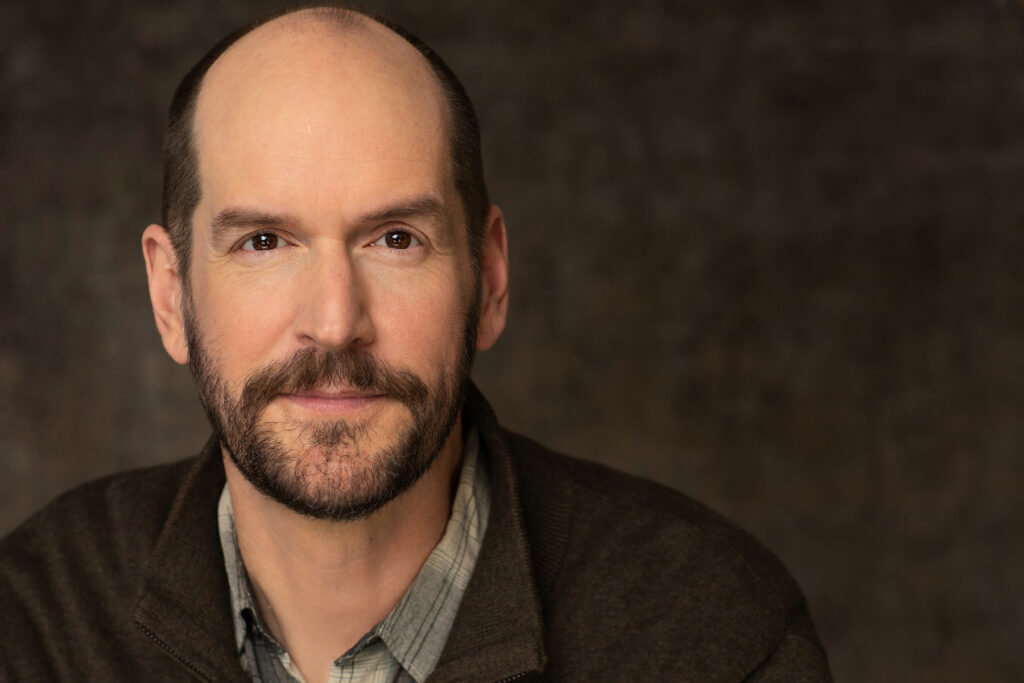
CineMontage: What is the workflow of this series?
Grove: The show is block-shot—four blocks, two episodes apiece, one director per block. We received a ton of music early on from our composer, so we already had a sense of the emotional space of the show even before footage arrived. That was really helpful for us as editors. We also attended some pre-pro meetings and learned about the world.
Leder: We sat with them and looked at all the concept art—just trying to get a feel for the tech and the world. That was really helpful.
Grove: Each block shot for about a month. Once we turned in the editor’s cut, the director would get four days. Then Dan would come in.
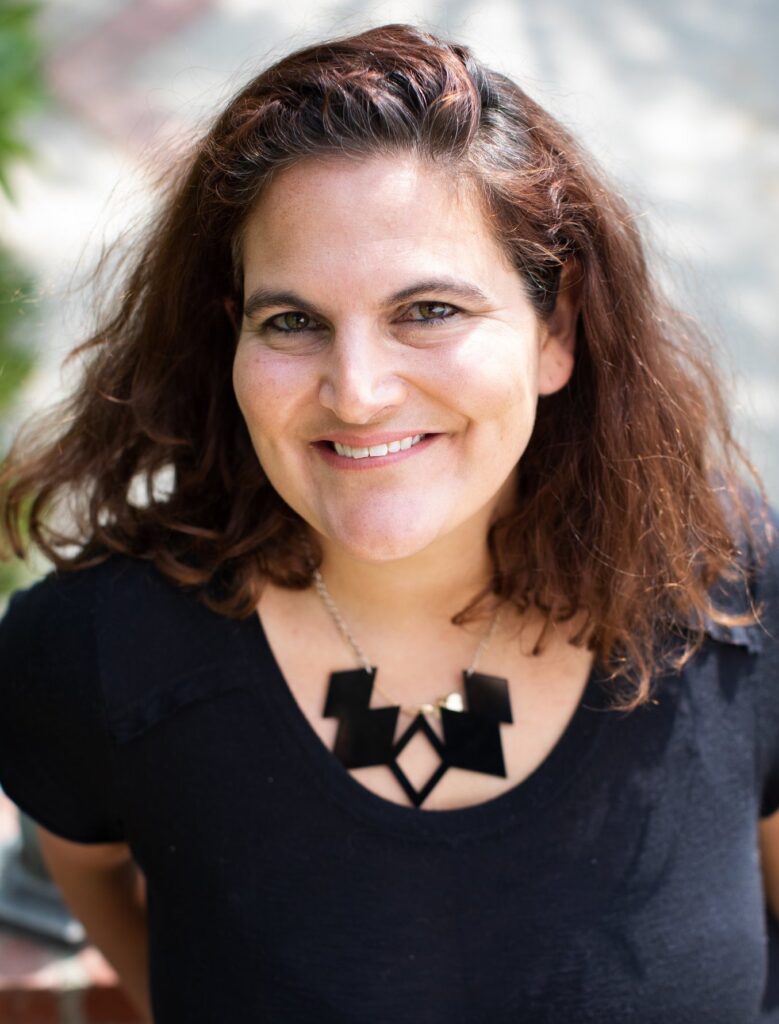
Lai-San Ho: Dan’s very efficient in the bay. He usually gives broad-strokes notes via email first, and once that’s in a good place, we sit together to get into the nitty-gritty. We had a hybrid setup—one edit bay on the Paramount lot where the writers and production were based. That allowed us to sit with Dan and work closely, especially on things like the end sequence. One unique part of Dan’s process is that once we get through the producer’s cut, he likes to do small friends and family focus group screenings to get a gut-check from fresh eyes. It’s always helpful to see what’s playing and what’s not clear.
Leder: His wife and his family back East watch and give feedback—and it’s taken very seriously. For example, in Episode Two, his wife—who’s an actor and a playwright—watched it and said, “I’m missing something here.” A few of us had been circling the same note, but she put her finger on it. That led to Dan writing a monologue for Sterling that became a pickup shot. It was a key moment. Second episodes are always tricky—episodes one throw everything in the air, and second episodes have to start setting a path. That monologue gave the episode a strong emotional throughline. Dan really values those outside notes, and we’re all present for those screenings, listening and taking it all into account.
CineMontage: What kind of footage do you get?
Leder: Dan has a very clear vision—simple and direct. He doesn’t like gimmicky shots or trick photography.
Leder: I don’t want to say a vintage eye, but he has something close to a classic Hollywood sensibility. He wants things to be clean and emotionally clear. Now that we’ve worked with him for a while, we know what kind of shots he gravitates toward, and he’s usually consistent.
Grove: Right. We had three different directors across four blocks, each bringing their own sensibility. So, a lot of the editorial process was about marrying those different approaches to Dan’s visual language.
Leder: Often it’s about simplifying and aligning things with Dan’s emotional intent. He’s very clear about what he wants a scene to feel like. You’ll build something and he’ll say, “I want this”—and that becomes your north star.
Grove: It’s funny, because I’ve worked on other shows where you’d get cutting notes like, “Don’t stay on the wide” or “Go in for the close-up.” Dan doesn’t do that. He’s not micromanaging shot choices. He’s much more about how something plays emotionally. He gives us room to bring our own voice, but he’s clear about the outcome.
Leder: And we’ve all tested ideas that push the boundaries. I don’t even think a split screen is that wild, but it’s outside the language Dan tends to use.
Grove: I’ve definitely texted him, like, “Hey, I’m going to try something a little different.” He’ll always say something funny like, “Great—now put it back.”
Leder: There was a soft-focus wipe we tried once. Gerald McRaney was on screen and Presley appeared in this sort of dreamy fade. I knew it wouldn’t survive, but it was fun to make. Dan was like, “Nope.”
Grove: One thing I’ll say in terms of visual language—and I’m not sure if this was more of a John and Glenn choice or something from Yasu, our DP—is the prism look in Episode One. It happens when Xavier finds Cal’s body. There’s this piece of glass that casts a kind of prism effect across his face. We all started getting footage like that and had to decide how to use it. For me, I tied it to Xavier’s mental state—like the world caving in. At the end of Episode One, right before the big reveal shot, I layered footage of him turning in three dissolves, backlit by the sun, to evoke that fractured feeling. Then Johnny, our VFX artist, said he could create a real prism effect to tie it all together.
Ho: And we started using it as a motif—anytime we needed to be inside a character’s head or when someone felt disoriented.
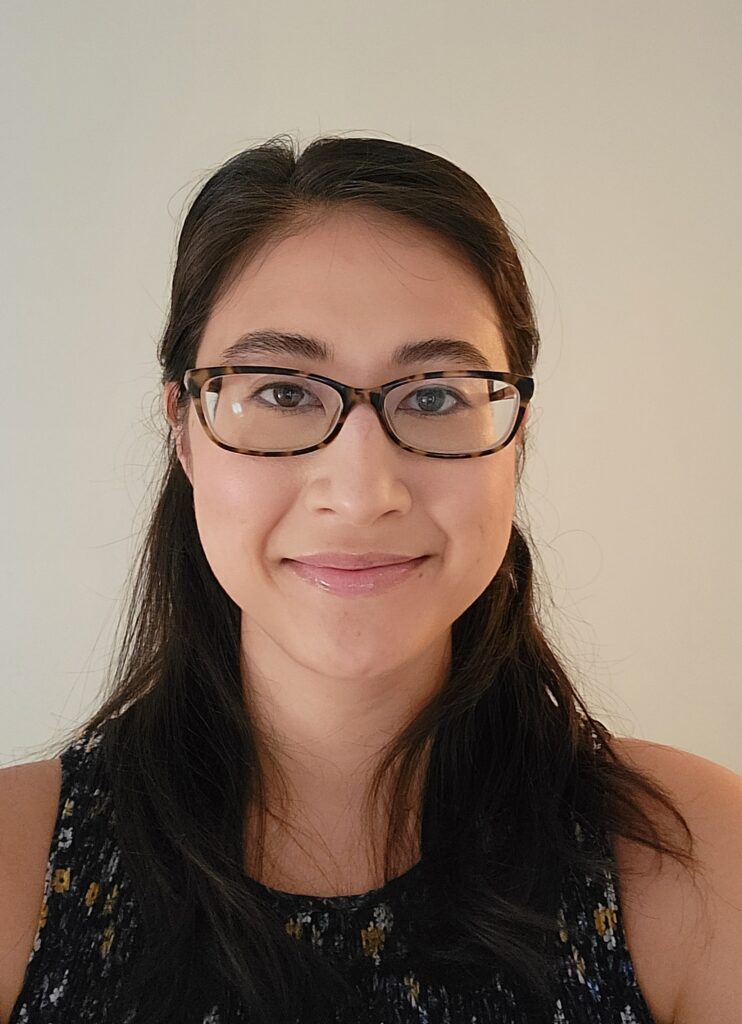
Leder: It came back in Episode Five—used again with Sterling, but tied to James Marsden’s character too.
Grove: It evolved into a visual cue for those emotional pivot points, which was really effective.
CineMontage: Is there a moment where the show’s visual language really clicked for you—where you connected to the reason behind it?
Leder: Yeah. Dan is very actor- and character-focused. In Episode Five, there are several long scenes with Gerald McRaney, who plays Cal’s father. His character is dealing with dementia, and it would’ve been easy to create a hazy, disoriented visual style to reflect that. But instead, we kept it simple—tight close-ups, direct cuts, nothing fancy. At one point, we had a stylized wipe in there, and it got pulled. The choice was to stay close, let the performance guide the audience. McRaney was giving such an incredible performance, so we didn’t need anything extra. Same with Episode Two—there’s a therapy scene with Julianne Nicholson as Sinatra. It’s covered in a single shot that runs about two minutes-forty. We just hold on her. No cuts, no tricks. She was doing it, so we let it play. That’s something Dan really favors—clean, straightforward cuts that match the way we naturally process emotions.
CineMontage: There’s so much to track—so many characters, so much information to reveal without giving things away too soon. What did you struggle with through the overarching narrative?
Leder: Not giving away the ending was one of the toughest challenges. A lot of my scenes with the killer character were originally much longer. We had to constantly ask ourselves, “Are we tipping too much? Is this leaving too many breadcrumbs?” Another one was handling Sinatra’s character. She’s the antagonist—I guess she’s the villain—but she has such a fully developed backstory. In the present-day timeline, we had to make sure she felt balanced in relation to who she was in the past.
Ho: Finding little moments to humanize her was something we kept refining in every episode, to make sure she wasn’t one-dimensional.
Grove: I think around the second block, we all went back with Dan and did a “Sinatra pass” to make sure she felt consistent. With a whodunit, you want to keep the mystery alive, but the characters also need to feel rooted in their backstory. That pass helped me approach future episodes with her, knowing the emotional zone to stay in. I remember cutting one of my favorite scenes—Cal and Sinatra on the plane in episode seven. It’s this massive moral conundrum: Do we nuke the planet and ensure our own survival, or do we let the survivors have a chance? You completely understand both sides. That scene could have been played with them yelling at each other, really heightened—but instead, their performances were so understated, which made it even more powerful. I remember watching the editor’s cut and realizing, Oh, this is the linchpin. This is the moment that informs everything that happens once they get to the bunker. It’s Cal saying, No, I’m not listening to you. And it’s Sinatra saying, I have the money, the power, and the resources—so I will. Everything that follows stems from that moment. I loved how such a subtle scene had such massive repercussions.
Leder: When I saw that scene, I thought, That’s it. That’s her entire character distilled into one moment. It’s the pivot where she changes. Everything we know about her behavior in the present comes from this decision. Julianne gives an enormous range of performance possibilities. She’ll give you high, she’ll give you low, she’ll give you something in between. She plays so many emotional states in a single scene—more than almost any actor I’ve ever edited. And it’s all believable. It all works. But it becomes a moment-to-moment decision of who we want her to be at any given time.
CineMontage: What’s important to you about this show that we haven’t touched on?
Leder: One of the things I love about it is how much it feels like a 1970s thriller—something like “The Parallax View” or“The Conversation.” Those films where you know there’s corruption, but you don’t know who is corrupt, what the corruption is, or what you’re even up against.
Julia Grove: That surveillance element.
Leder: Exactly. There’s an “eye in the sky” aspect to it, this sense of being watched. I remember in one of our first meetings, John and Glenn walked us through the key artwork, and Glenn was like, Yes, exactly, that’s what we want—especially “The Parallax View.” I think people are picking up on that when they watch. It has that thriller energy.
Grove: To piggyback off that, we really played around with how far into the thriller genre we wanted to go. We knew we had a whodunit, but we also had this larger story about power, class, and loss. And we had characters struggling to be better than their past selves—like Billy. How do you balance a thriller with an emotional, character-driven drama?
Leder: It’s a genre show in some ways, but that’s not really what it’s about. It’s about relationships and how seismic, world-changing events—whether political, historical, or literal climate disasters—reshape people. The real question is: Who are you going to be in the wake of that?
Grove: What sets this apart is that we’re not in some vague, dystopian future. Everything in “Paradise” feels real. Sure, there’s some tech—a little gadgetry—but it doesn’t feel removed from today. It feels like we could wake up tomorrow and be in that bunker. So in the end, those bold choices and grounded details really set it apart from other shows in its genre.


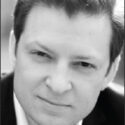
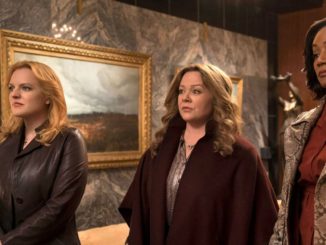
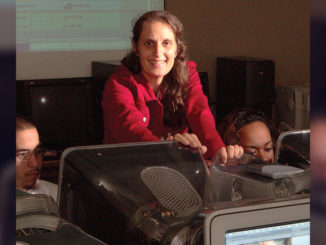
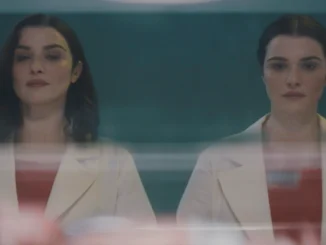

Wonderful interview; Congratulations. Line by line you laid out the creative process. The team took a rough diamond
and cut it to an ideal proportion flawless stone.